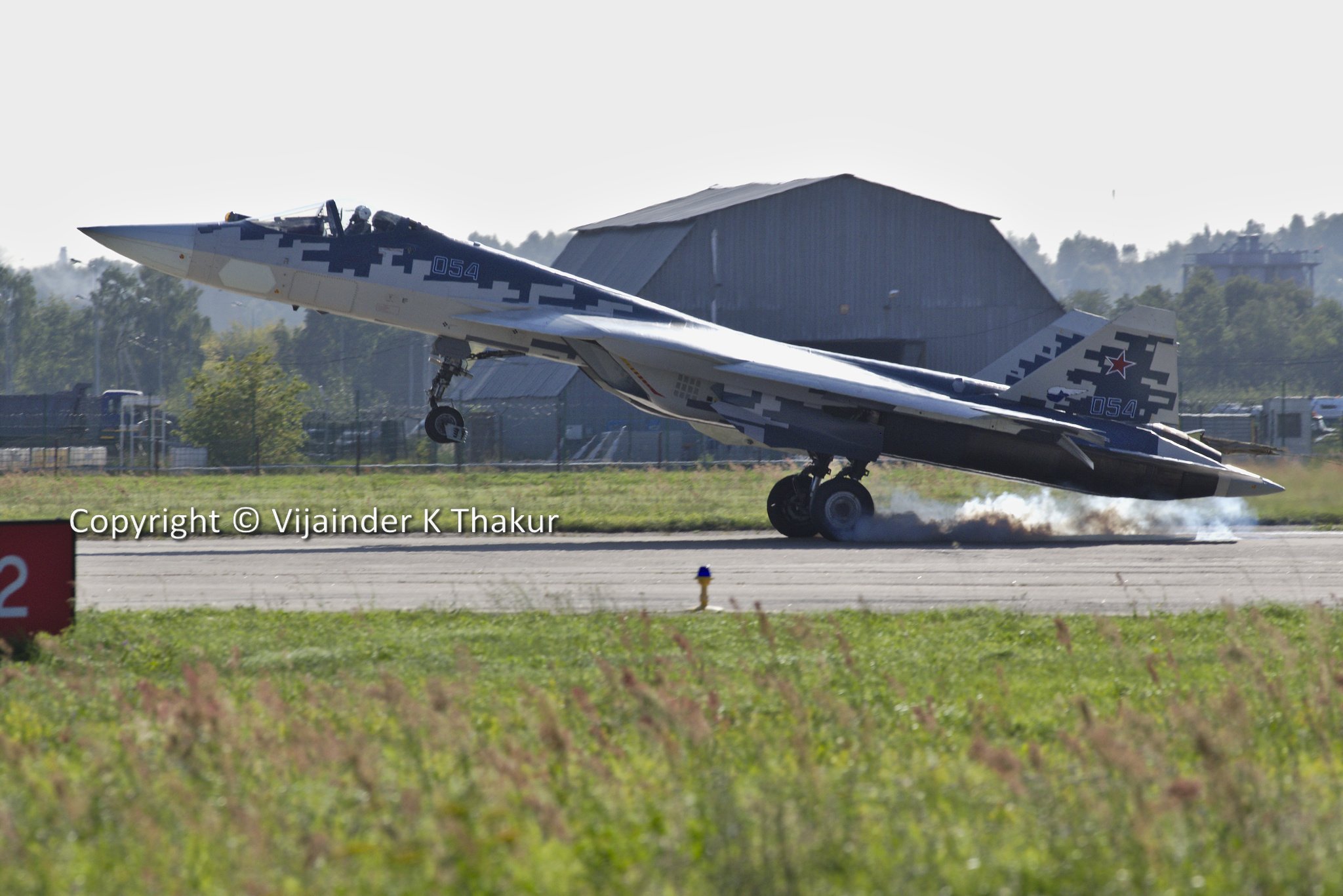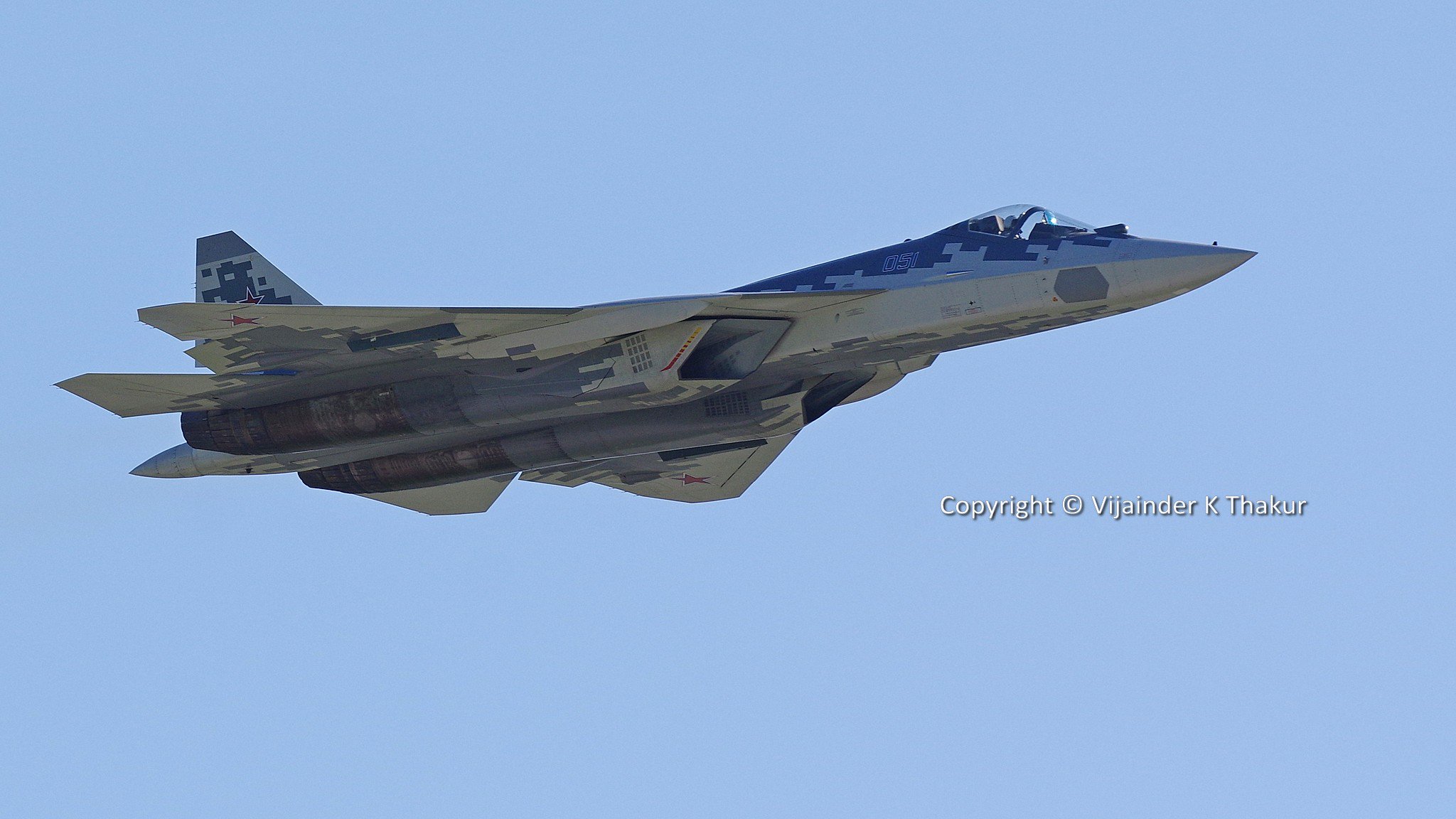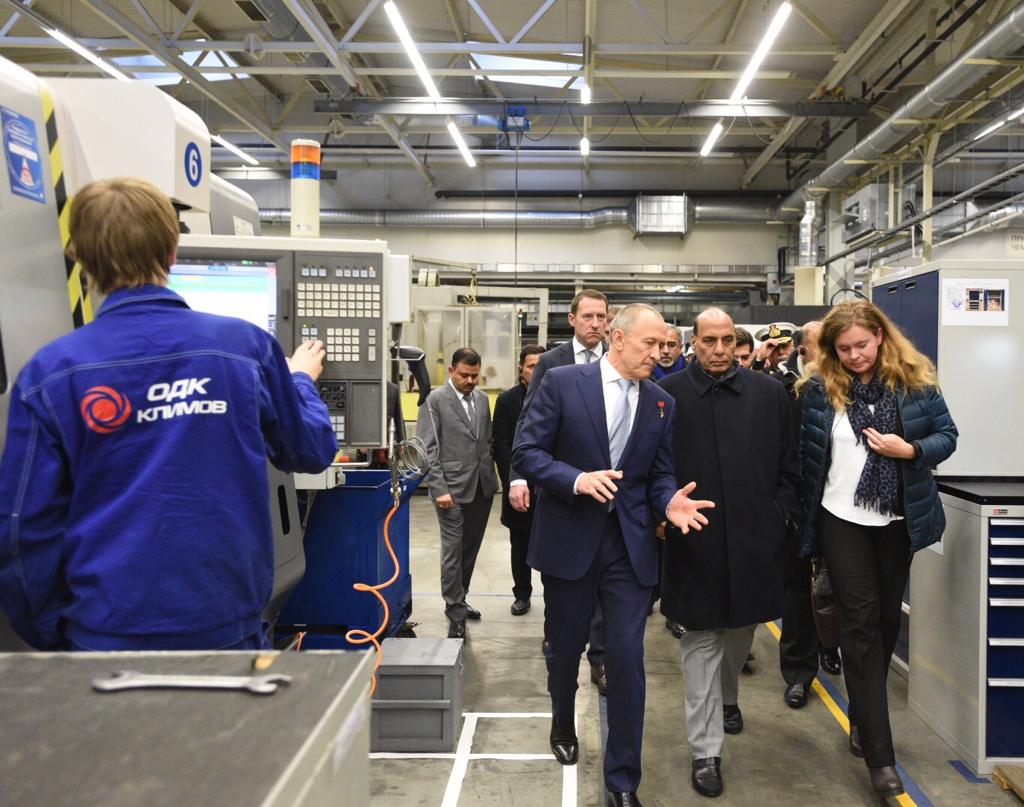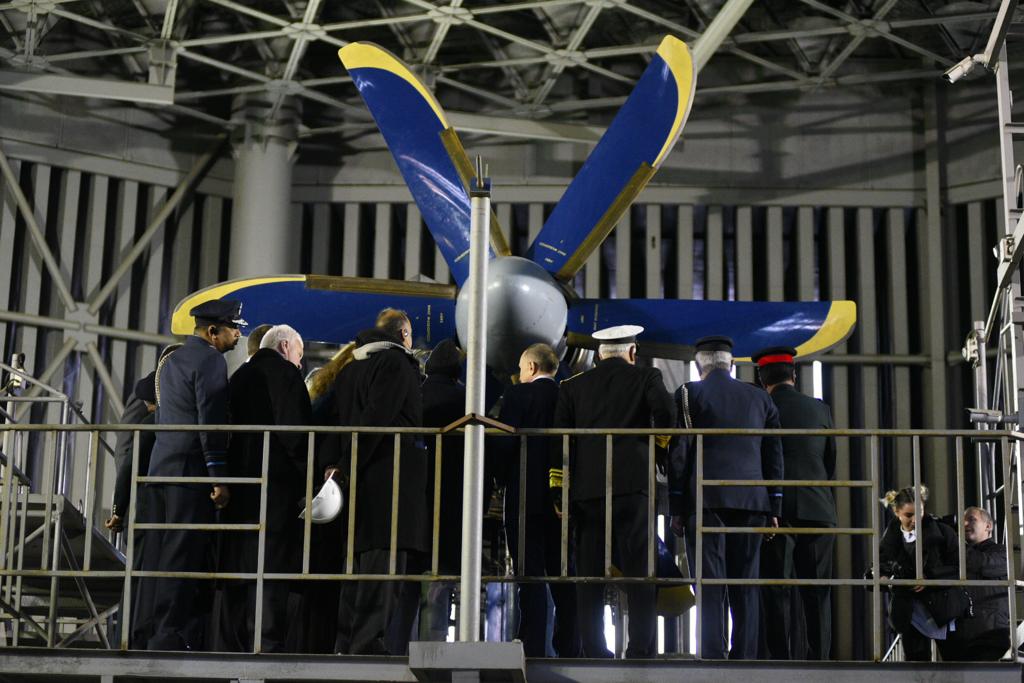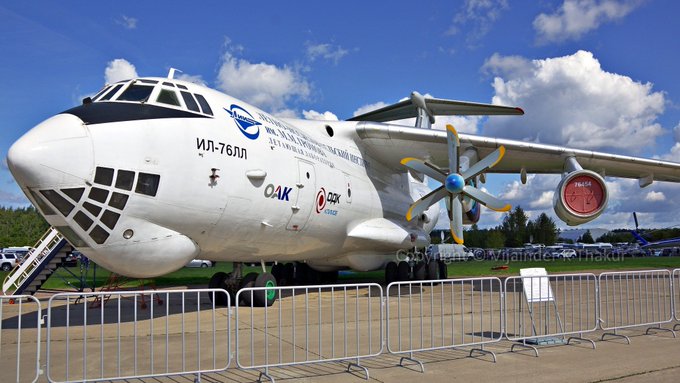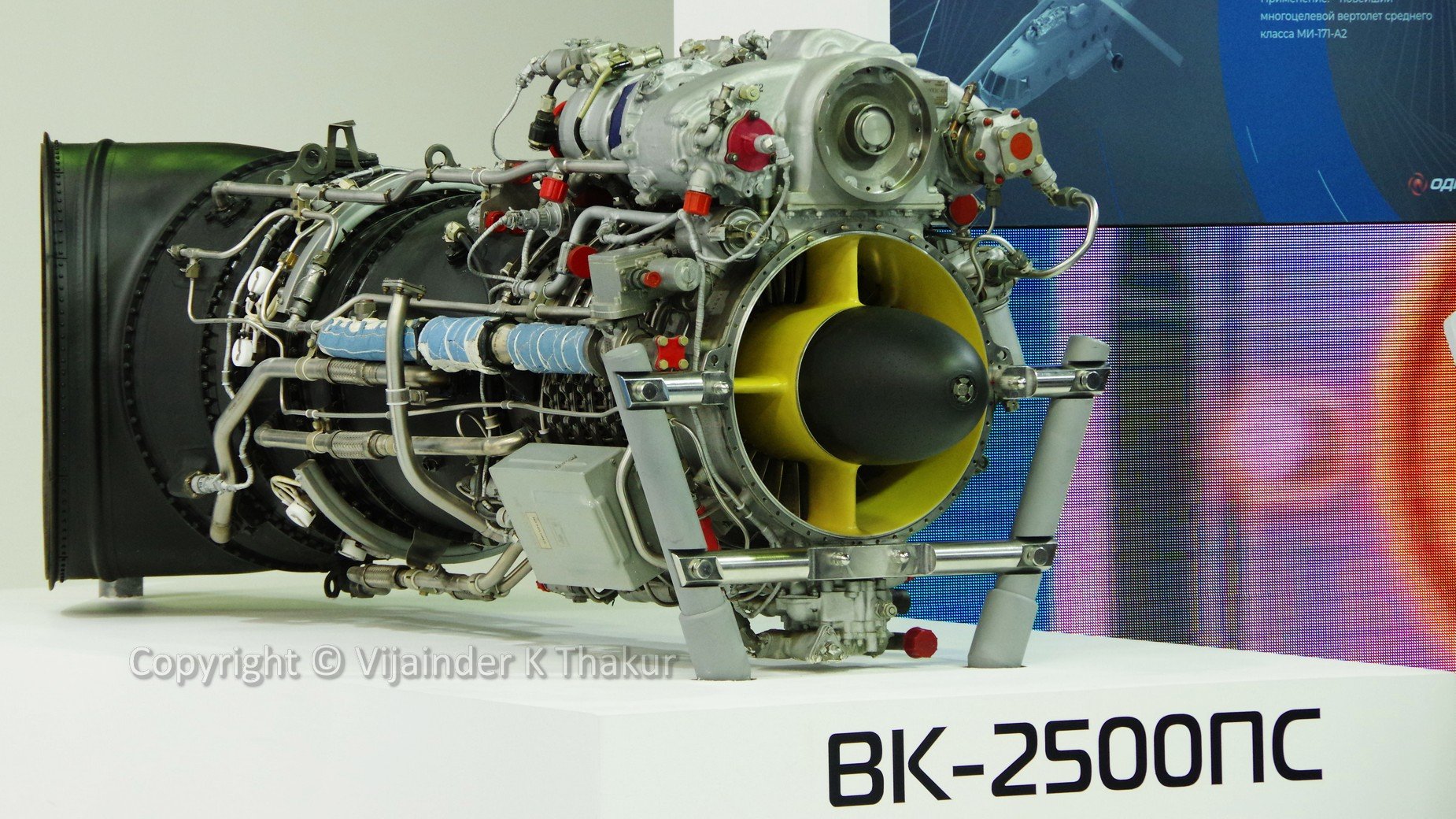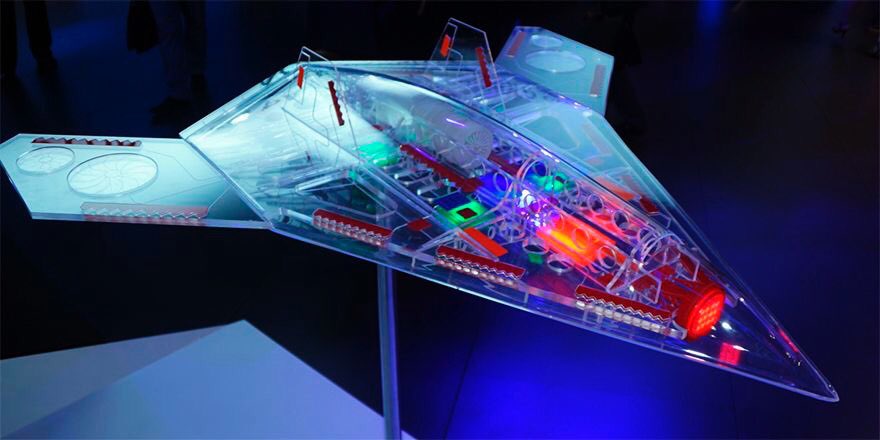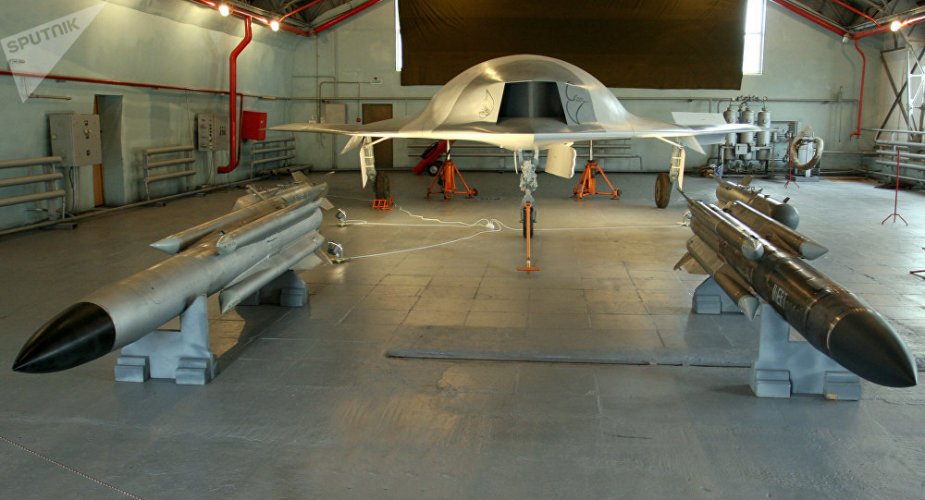Speaking on the sidelines of the Dubai Airshow 2019 in the UAE on November 18, 2019, Sergey Chemezov, head of Russia's Rostec, indicated that India and the UAE "have been considering and discussing buying the Su-57 "for a long time, though no decision has been delivered yet."
“The Russian side proposed to localize the production of individual components of the export version of the Su-57 in countries [that are interested,] we are talking about India, the United Arab Emirates, Turkey”
"Localization [has been offered] ... It does not matter whether it is [the] United Arab Emirates, India or Turkey, we will rely on what they can do"
Elaborating on his statement, Chemezov explained that the extent of the localization would be dictated by the industrial capability of the buyer nation. Russia would source local components if the buyer could manufacture them, but would not assist in setting up the supply chain. In the absence of an existing supply chain, localization would not be possible.
“If there are simply no such technological capabilities in the country, then it is simply impossible to do this,” S. Chemezov noted.
“The Russian side proposed to localize the production of individual components of the export version of the Su-57 in countries [that are interested,] we are talking about India, the United Arab Emirates, Turkey”
"Localization [has been offered] ... It does not matter whether it is [the] United Arab Emirates, India or Turkey, we will rely on what they can do"
Elaborating on his statement, Chemezov explained that the extent of the localization would be dictated by the industrial capability of the buyer nation. Russia would source local components if the buyer could manufacture them, but would not assist in setting up the supply chain. In the absence of an existing supply chain, localization would not be possible.
“If there are simply no such technological capabilities in the country, then it is simply impossible to do this,” S. Chemezov noted.
During the annual press conference on October 5, 2019, ahead of the Air Force Day on October 8, 2019, the current CAS, Air Chief Marshal RKS Bhaduria said in response to a question from the press, “On the fifth generation (requirement), the AMCA has been given a go ahead and we have given it our whole support and are putting in our energies there. No import is planned in the foreseeable future.”
The remarks were widely interpreted as ruling out import of any 5th gen fighter. However, they could also be interpreted as reiterating what the former CAS said - that at the appropriate time acquisition of the Su-57 could be considered.
It's likely that the IAF and the government are keeping their options open on the issue. Since Russia is unlikely to export the Su-57 before its own requirement of 76 aircraft is fulfilled there is no reason for India to commit at this stage.
AMCA Challenge
The AMCA is projected to enter operational service in 2035, if ADA and HAL stick to their timelines. Whether or not the IAF can fulfill its mandated role for the next 15 years without 5th gen fighter technology would depend on how threat perceptions play out. Here it's relevant to note that ADA / HAL have yet to demonstrate any of the critical technologies that would be required for the AMCA - LO shaping with super maneuverability, sensor fusion, super cruise, secure low probability of intercept high bandwidth data link and the ability to function as command center for other aircraft, including attack drones, when performing joint operations. As such, the ADA / HAL projected timeline looks overly optimistic.IAF Options
Over the next 15 years, there are likely to be just two operational 5th generation fighters - Lockheed Martin's F-35 Lightening 2 and Su-57. The F-35 is unlikely to find favor with the IAF because Lockheed retains control over the stealth fighter's software even when selling it to the USAF.
The choice before the IAF is to wait for the AMCA, or to acquire some Su-57s while it waits for the AMCA! There following are some factors that the IAF would well to keep in mind while exercising its choice.
Here it is relevant to point out that unlike the F-35, which relies primarily on its radar frequency low observability (RF LO) to safely operate in contested airspace, the Su-57 uses a combination of RF LO, electronic warfare (EW), supermaneuverability, and laser blinding of missile seekers to remain safe in contested airspace. As a result, the Su-57 features a powerful defensive suite laden with sensors, jammers and laser emitters that are not well known to the West. Under the circumstances, Russia's desire to limit localization is reasonable.
The Su-57 has generated a lot of interest in the middle east with Turkey and UAE openly negotiating and Saudi Arabia a future prospect. The reason for the interest is simple to understand - the US will not sell the F-35 to these countries because of the threat such sales would pose to Israel. Russia is keen to seize the opportunity and fill the gap not just to increase its arms sales but also to increase its clout in the Middle East. Under the circumstances, it wouldn't in India's long term strategic interests to play coy for too long.
